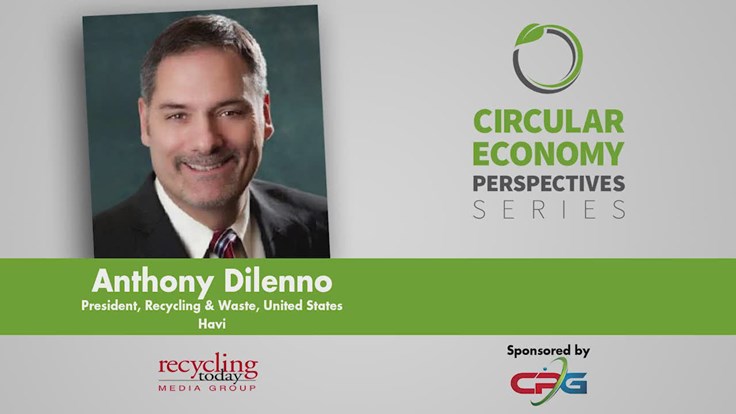Carbon Cycle Energy (C2e), Boulder, Colorado, has broken ground on what the company says is the largest utility-scale biogas facility in the United States. When fully operational the facility, to be built near Warsaw, North Carolina, will transform animal and food waste into enough energy to power 32,000 homes.
The$100-million facility is the first in a pipeline of large-scale anaerobic digestion and biogas treatment facilities planned by C2e.
The biogas facility, located on 82 acres, is slated to be complete by late 2017. To be known as C2e Renewables NC, it will process more than 750,000 tons of organic waste per year and will produce enough fuel annually to generate about 290,000 MWH of electricity.
C2e has already signed contracts to supply 100 percent of the plant's output of biomethane to the utility firm Duke Energy and a second, unnamed Fortune 500 company.
At full capacity, the plant will generate 6,500 dekatherms of biomethane per day, equivalent to roughly 50,000 gallons of diesel fuel.
"The sheer size of this project means that it will have a huge environmental impact, both by addressing the major pollution problem caused by greenhouse gas emissions from decomposing food and animal waste, and by producing an alternative to fossil fuels in commercially significant volumes," says James Powell, C2e’s CEO.
C2e has secured access to a variety of organic waste streams, comprised of manure and other agricultural waste as well as industrial food processing waste, which will be converted by anaerobic digesters into raw biogas, upgraded on site and injected directly into the natural gas pipeline system.
Jerry Kovacich, COO and co-founder of C2e, described the company's sophisticated waste transport system design approach as one that maximizes the use of "closed-system to closed-system" technologies.
"By ensuring that vital energy value is not lost in the form of fugitive air emissions, odors are also dramatically reduced. Residents near our plants will actually be exposed to fewer odors and less risk of water contamination than what's often been experienced by neighbors of hog farm and pork processing operations in the past," Kovacich says.



